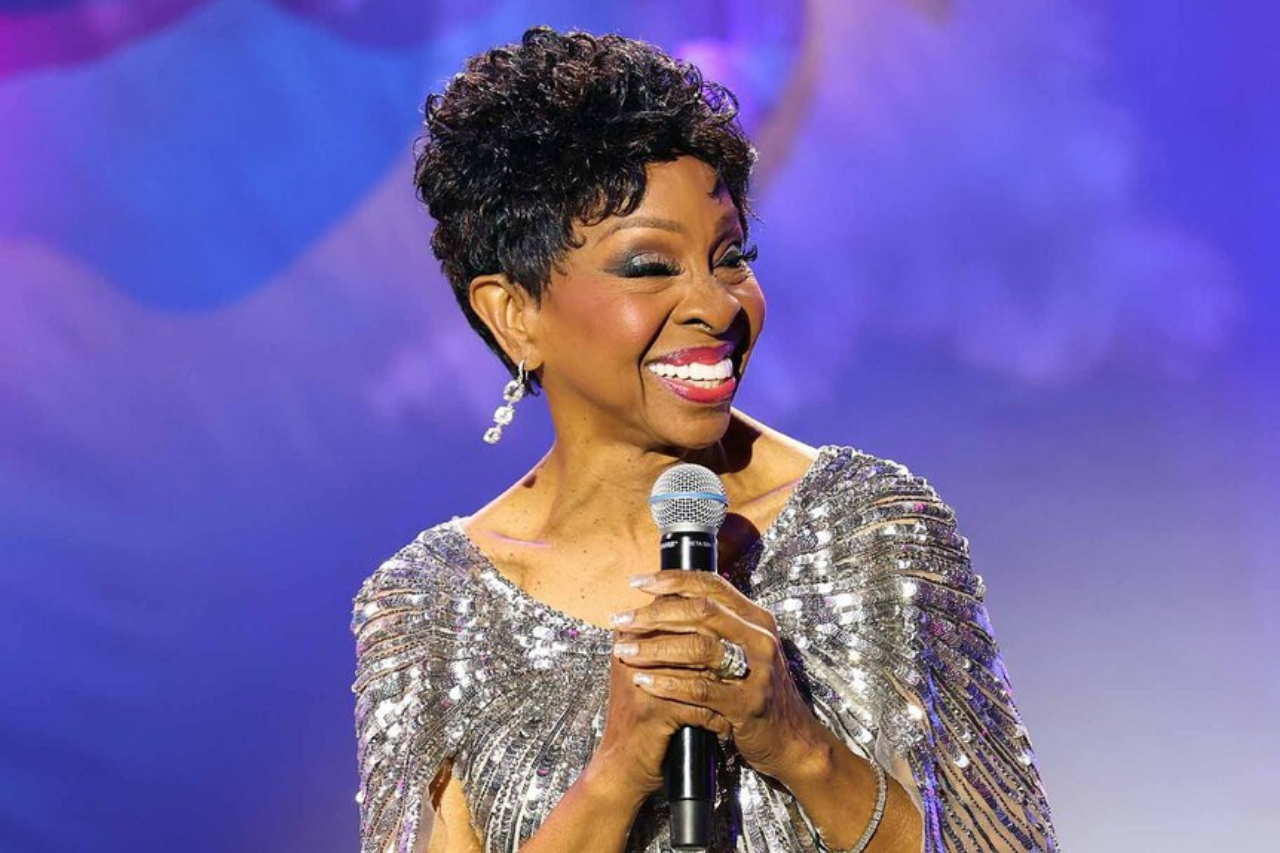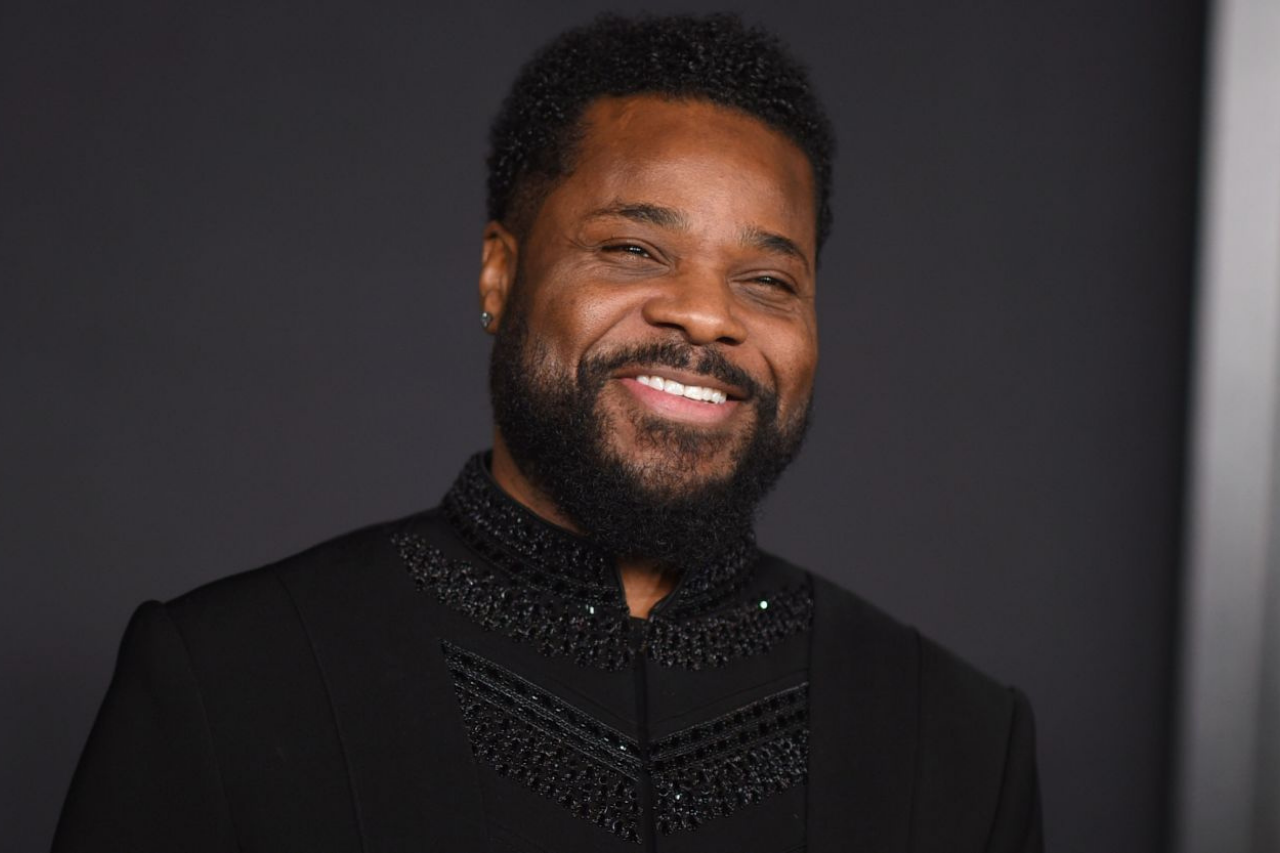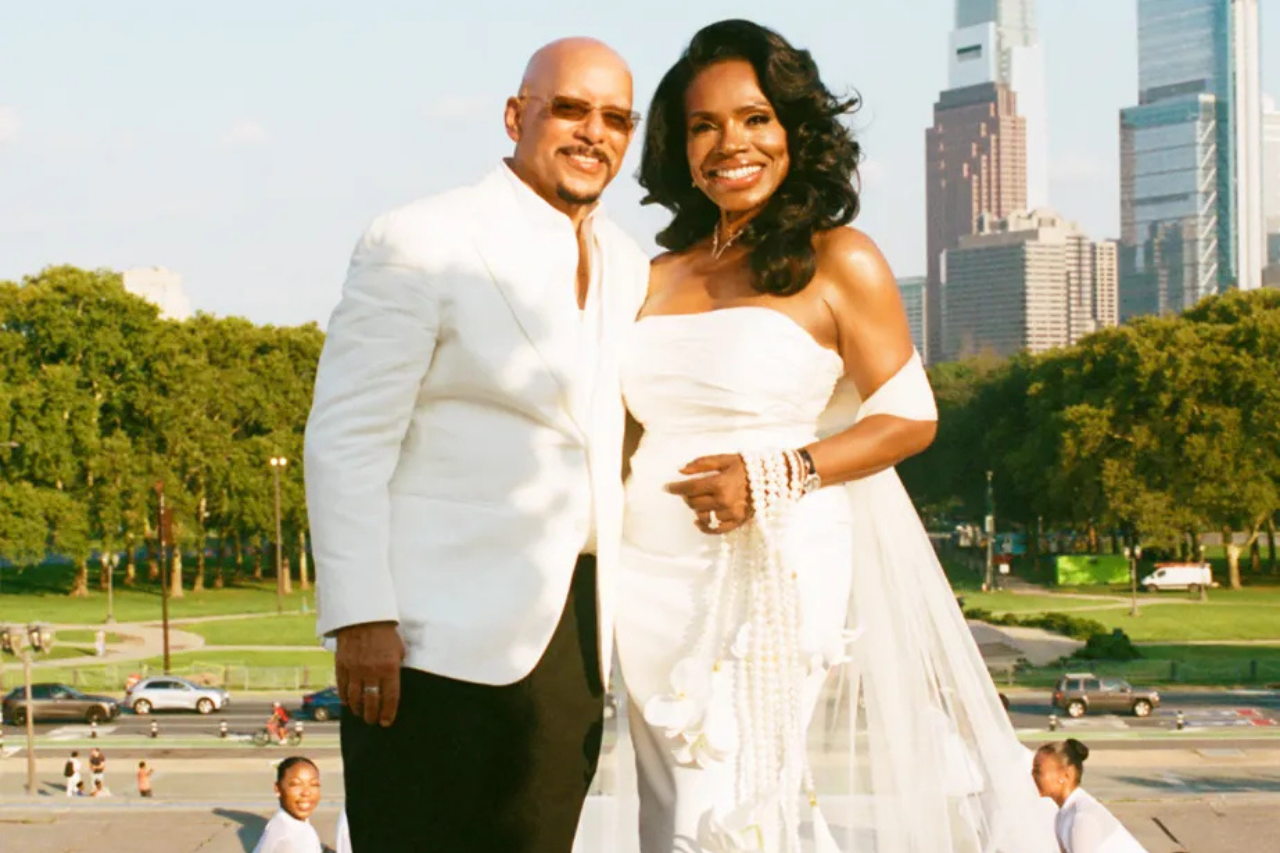Over decades, Gladys Knight, known affectionately as the “Empress of Soul,” has captivated audiences with her powerful voice, emotional authenticity, and timeless artistry. But now, at age 81, a serious concern has emerged: her son, Shanga Ali Hankerson, has filed a formal complaint accusing her husband of elder abuse, alleging that Knight has been pushed into touring despite cognitive decline.
This moment invites questions that go far beyond one celebrity’s family dispute. It raises important reflections on how society treats aging icons, especially those whose legacies loom larger than the everyday challenges of aging. How does the public’s romanticized expectation of “forever performers” collide with real-world needs for care, autonomy, and respect? And how can this spotlight be used to raise awareness about elder abuse and the rights of aging individuals, celebrities or not?

Iconic performers like Knight are often perceived as timeless, voices that should never fade, stories that keep resonating. When such figures continue to appear on stage well into their eighties, it’s easy for audiences to conflate admiration with entitlement. We cling to nostalgia, believing that if they once dazzled us, they always will.
But aging is not static. Reports from fans at recent performances noted moments where Gladys appeared confused, forgot lyrics, or paused mid‑song. These avoidable slips are human. And yet, when seen through fans’ yearning for perfection, they become alarming, even distressing.
Knight’s son, Hankerson, alleges that she was often kept isolated from her children; he says McDowell prevented him from speaking to her privately and even sent him to stay in an Airbnb rather than his old room. These actions reflect how control in caregiving relationships can manifest as emotional or psychological abuse, especially when individuals are physically strong but cognitively waning.
Hankerson’s complaint underlines what many aging performers may face behind the scenes: pressure, subtle or overt, to keep performing into their declining years. The complaint alleges that William McDowell has manipulated Knight into touring despite signs of cognitive decline, such as “zoning out,” forgetting lyrics, or confusion over location and surroundings.
Here’s where the myth of ageless performance meets reality: Even the most revered stars may feel compelled by managers, family, publicists, or their own legacies to stay on the stage, sometimes beyond their wellness.
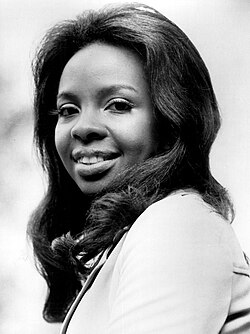
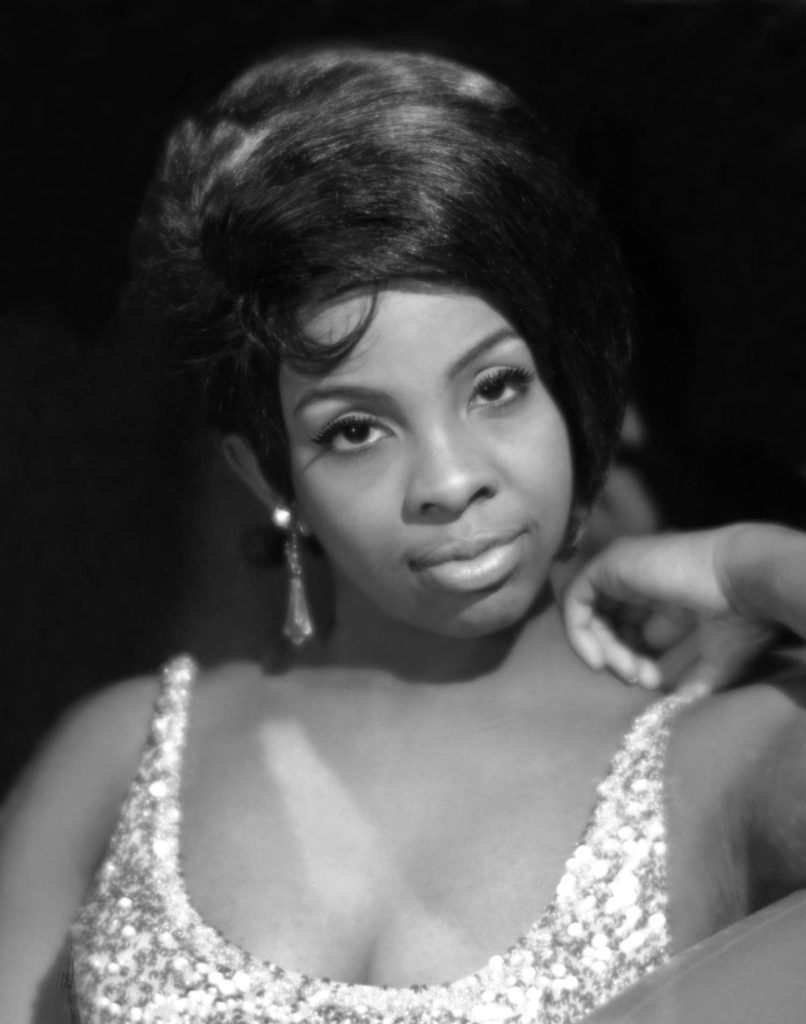
Elder abuse is not rare. According to the World Health Organization, about one in six people aged 60 or older experience some form of abuse each year United Nations. In the U.S., recent studies estimate that up to one in ten older adults may be subjected to abuse annually National Institute of JusticeSeniorLiving.org. Across the globe, rates are similar; abuse in community settings affects roughly 15 percent of older adults, while up to two in three staff members in institutions report having committed abuse at least once Congress.gov+5World Health Organization+5United Nations+5.
Reporting lags well behind reality. Only one in 24 cases ever reach authorities Our Midland+2The Senior List+2, and estimates suggest that many more go unnoticed because victims may fear repercussions, lack support, or experience cognitive barriers.
The coverage of this case must avoid sensationalism. As writers and readers, our interest in Gladys Knight should come from respect for her artistry, not from exploiting personal vulnerability. The narrative can remain rooted in empathy. We should ask thoughtful questions rather than assign blame. How do we celebrate a legacy while honoring individual dignity? Are we sometimes complicit when we cheer for legends to remain “on stage forever,” even when that might not be in their best interest?
It is easy to think of an artist’s career as a one-way gift, music, performances, and moments offered to the public. But the truth is more complex. Every time we buy a ticket, share a performance clip, or cheer an encore, we send a message. Often, that message is one of love and appreciation. Yet when it comes to aging performers, it can also be interpreted as a request, or even an expectation, for them to keep going no matter what.
We rarely mean harm. Nostalgia draws us in. Hearing a voice we grew up with or seeing a familiar presence on stage can feel like visiting an old friend. But our enthusiasm can unintentionally fuel the machine that keeps some artists working long past the point where it is safe or sustainable. This is especially true when industry pressures, financial incentives, and personal identity are already nudging them toward the stage.
There is a balance to be found. As fans, we can shift from wanting constant performances to wanting a performer’s comfort and dignity above all else. That might mean embracing farewell tours without pleading for comebacks, supporting creative endeavors that do not require exhausting travel, and celebrating older artists for the full scope of their legacy, not just their ability to recreate the past on demand.
When we applaud responsibly, we give our icons permission to choose rest without guilt. We remind them that their worth is not measured in how long they can defy age, but in the countless ways they have already shaped our lives.
